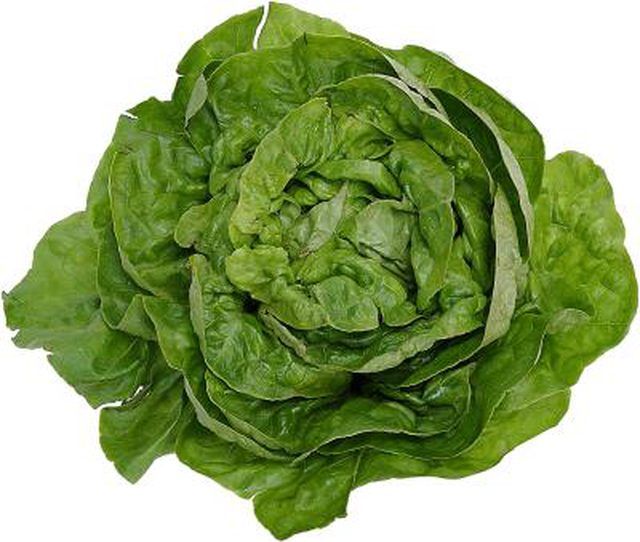Bulbs
Flower Basics
Flower Beds & Specialty Gardens
Flower Garden
Garden Furniture
Garden Gnomes
Garden Seeds
Garden Sheds
Garden Statues
Garden Tools & Supplies
Gardening Basics
Green & Organic
Groundcovers & Vines
Growing Annuals
Growing Basil
Growing Beans
Growing Berries
Growing Blueberries
Growing Cactus
Growing Corn
Growing Cotton
Growing Edibles
Growing Flowers
Growing Garlic
Growing Grapes
Growing Grass
Growing Herbs
Growing Jasmine
Growing Mint
Growing Mushrooms
Orchids
Growing Peanuts
Growing Perennials
Growing Plants
Growing Rosemary
Growing Roses
Growing Strawberries
Growing Sunflowers
Growing Thyme
Growing Tomatoes
Growing Tulips
Growing Vegetables
Herb Basics
Herb Garden
Indoor Growing
Landscaping Basics
Landscaping Patios
Landscaping Plants
Landscaping Shrubs
Landscaping Trees
Landscaping Walks & Pathways
Lawn Basics
Lawn Maintenance
Lawn Mowers
Lawn Ornaments
Lawn Planting
Lawn Tools
Outdoor Growing
Overall Landscape Planning
Pests, Weeds & Problems
Plant Basics
Rock Garden
Rose Garden
Shrubs
Soil
Specialty Gardens
Trees
Vegetable Garden
Yard Maintenance
Growing Lettuce in Southern California
Growing Lettuce in Southern California. Growing your own lettuce can be a rewarding and money-saving experience. In Southern California, this leafy vegetable is ideally grown when daytime temperatures are about 73 degrees Fahrenheit and when nighttime temperatures are around 45 degrees F. Growing lettuce in weather that's too hot or too cold can...

Growing your own lettuce can be a rewarding and money-saving experience. In Southern California, this leafy vegetable is ideally grown when daytime temperatures are about 73 degrees Fahrenheit and when nighttime temperatures are around 45 degrees F. Growing lettuce in weather that's too hot or too cold can result in damaged or bitter leaves and slow growth. Provide your lettuce with fast-draining, loose soil and a sunny spot in the garden, and before you know it, you'll be rewarded with multiple crops.
Things You'll Need
Soil test kit
Limestone or sulfur
Compost
Fertilizer (5-10-10)
Organic mulch
Perform a soil test to determine the pH of the soil in your garden. Lettuce thrives in a soil with a pH range between 6.0 and 6.5. Depending on the test results, incorporate limestone in the soil to a depth of 7 inches to raise the pH, or work in sulfur to lower it. For exact amendment amounts for the size of your plot, use instructions provided with the soil pH testing kit or consult your local Cooperative Extension Service.
Cultivate the soil in a sunny part of the garden to a depth of 6 inches. Work in a layer of compost and a 5-10-10 fertilizer to improve drainage and nutrients. Aim for soil that's loose and easily falls between your fingers.
Sprinkle the seeds in rows that are spaced at least 12 inches apart. Sow at a rate of 10 seeds per foot, and lightly cover the seeds with a half an inch of soil.
Water the soil carefully to make sure you don't wash away the seeds. Keep the soil moist -- not wet -- throughout the germination and growing period. Depending on the type of lettuce you're growing, expect germination to set in within three to seven days.
Determine what the average size is for a fully grown crop of the lettuce you're growing. Thin the seedlings to accommodate this size. Inches can range from 4 to 6 inches and 10 to 12 inches depending on the type of lettuce you grow.
Spread organic mulch around your lettuce to maintain a cool soil temperature, promote soil moisture retention and to combat weeds.
Harvest the crops when they're fully grown. Remove the outer leaves, or cut them down to the crown so that the roots can grow new crops.
Tips & Warnings
To store lettuce, wash it, and allow it to drip dry. Plastic-bag it; then refrigerate it at 32 degrees F and 96 percent humidity.